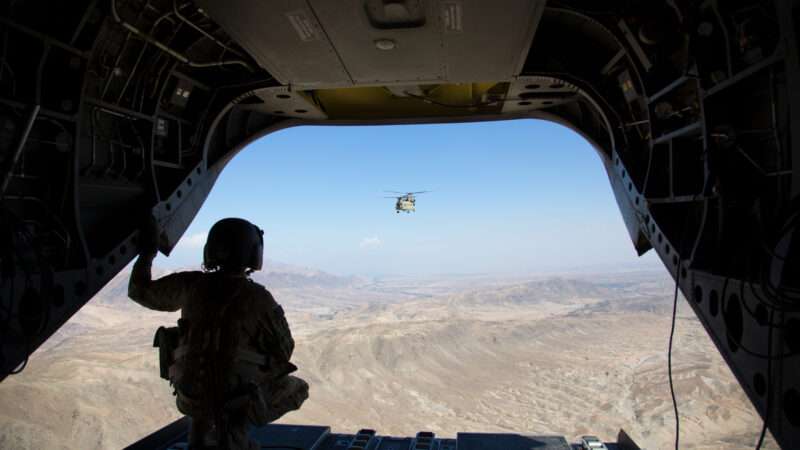
On Tuesday, Defense Department Press Secretary John Kirby announced that the U.S. troop withdrawal from Afghanistan is almost half complete. Though President Joe Biden set a September 11 exit deadline, military officials now estimate that U.S. and NATO troops will be out of Afghanistan by early to mid-July.
Twenty years on, the U.S. military presence in Afghanistan has become increasingly difficult to justify, and Kirby’s announcement is a welcome milestone. But Biden’s withdrawal plan is rife with unanswered questions and it is far from clear that the U.S. is truly exiting the conflict.
While Biden’s plan called for the withdrawal of the remaining 3,500 U.S. troops in Afghanistan, what will become of military contractors is less clear. The New York Times reports that around 17,000 contractors, over 6,000 of them U.S. citizens, “are expected to leave along with U.S. and allied military forces.” A May New York magazine piece contradicts that account. Lynzy Billing writes that “in April, 70 American security and defense firms started advertising more than 100 new security and intelligence positions, some with year contracts that go beyond September 11, 2021.” Billing reports that many contractors currently working in Afghanistan have heard few details about whether they will leave the country.
There is a distinct possibility that the U.S. will also maintain “clandestine Special Operations forces, Pentagon contractors, and covert intelligence operatives,” as current and former officials project. Bonnie Kristian writes for The Week that many potential stragglers are employed by agencies like the State Department and the CIA, which don’t often publicize their personnel numbers. They could very well fly under the radar. (See also: “U.S. Has 1,000 More Troops in Afghanistan Than It Disclosed.“)
As the American presence contracts in Afghanistan, it looks poised to move elsewhere. U.S. military officials are now assessing the possibility of establishing a base in a neighboring country. That facility would host troops and drones and act as a rapid-response center. Even around the withdrawal announcement, the Biden administration admitted that it would continue airstrikes and surveillance missions in Afghanistan if certain terrorist threats emerged.
The withdrawal timeline has long been politically pliable, as have its details. What was once supposed to be a May 1 withdrawal turned into a September 11 one and could very well be extended again. A full U.S. departure from Afghanistan may simply not be realized, at least not in the near future. But even if all troops leave the country, our ongoing operations could allow a covert conflict to continue as our most visible involvement fades.
from Latest – Reason.com https://ift.tt/34IDMKA
via IFTTT